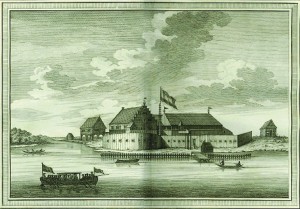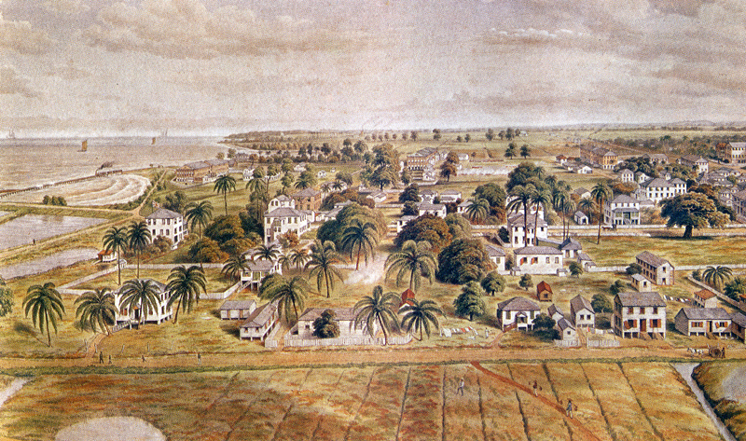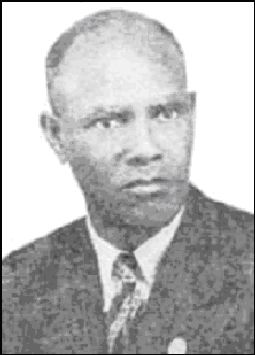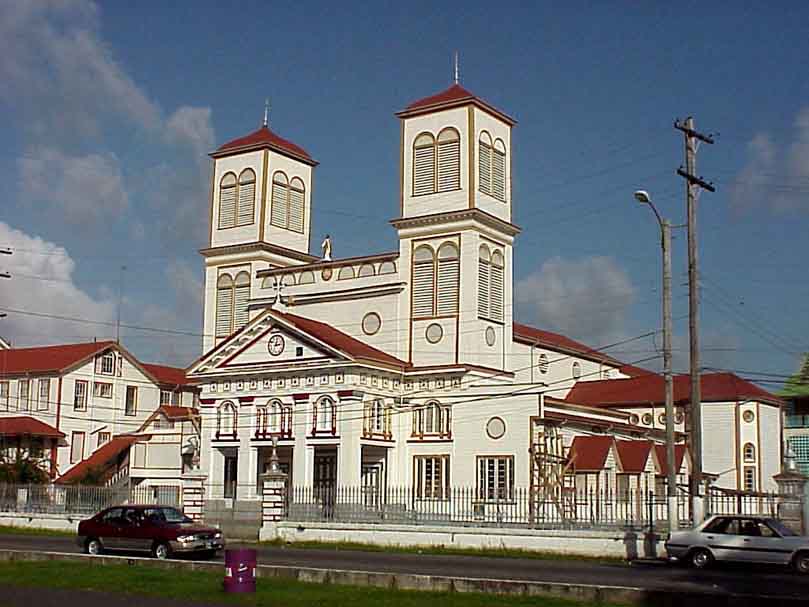The most famous slave uprising in Guyana was the Berbice uprising, which began in February 1763. On two plantations on the Canje River in Berbice, African slaves rebelled, taking control of the region.
As plantation after plantation fell to the slaves, the European population fled; eventually only half of the Caucasians who had lived in the colony remained. Led by Kofi (now the national hero of Guyana), an Akan man from West Africa, the African freedom fighters came to number about 3000 and threatened European control over Guiana.
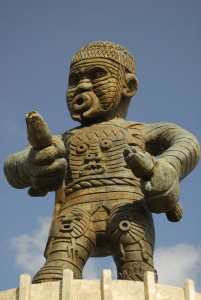
The rebelling Africans were organised as a fighting force by Kofi, who was a house-slave on another Canje plantation, Lilienburg, where the slaves had also rebelled. Kofi had been brought to this plantation ever since he was a child and was trained as a cooper by the owner, Barkey.
In 1762, a slave rebellion of 36 male and female slaves occurred on Berbice, then a Dutch colony. But after the slaves repelled a militia force sent by the Governor Van Hoogenheim, the rebellion was finally repressed by a stronger force of the Dutch militia. Some of the slaves escaped, but at least one was executed. But the repressive techniques of the planters were bringing matters to a boiling point, and just a few months later, around February 23, 1763, a more organised revolt took place. This uprising became known as the Berbice Slave Rebellion.
The rebellion, which originally began on privately owned estates, soon attracted the slaves on plantations owned by the Berbice Association. The rebels burned buildings and cane fields and attacked and killed a number of Caucasian men and women. When they attacked the plantations, they seized gunpowder and guns belonging to the owners.
Some escape
Meanwhile, those among the Caucasian population who managed to escape sought refuge on the five ships in the Berbice River, at Fort Nassau, Fort St Andries at the mouth of the Berbice River, and in a brick house at Plantation Peerboom, about 70 miles upriver on the left bank. Some others, in panic, fled through the forest to Demerara.
On March 3, a rebel group, numbering over 500, and led by Cosala, then launched an attack on the brick house at Peerboom, which was heavily fortified by the Caucasian defenders.
After a period of negotiations, the rebels agreed to allow the Caucasians to leave the brick house unharmed and depart for their boats in the river. But as the Caucasians were leaving, the rebels opened fire, killing many of them and taking many prisoners. Among the prisoners was the wife of the manager of Plantation Bearestyn whom Kofi kept as his wife.
